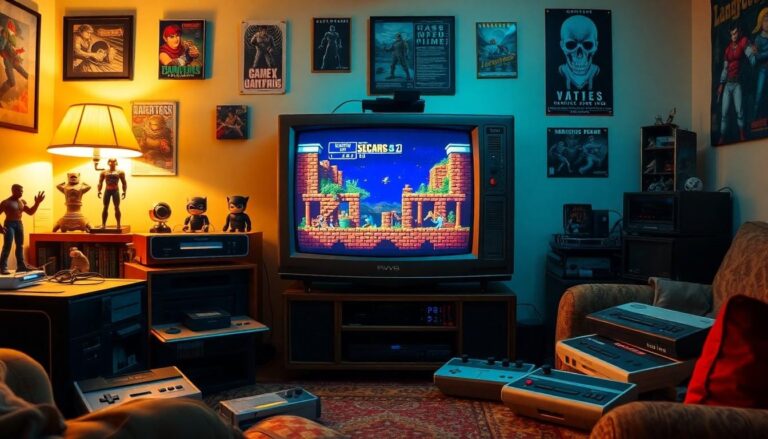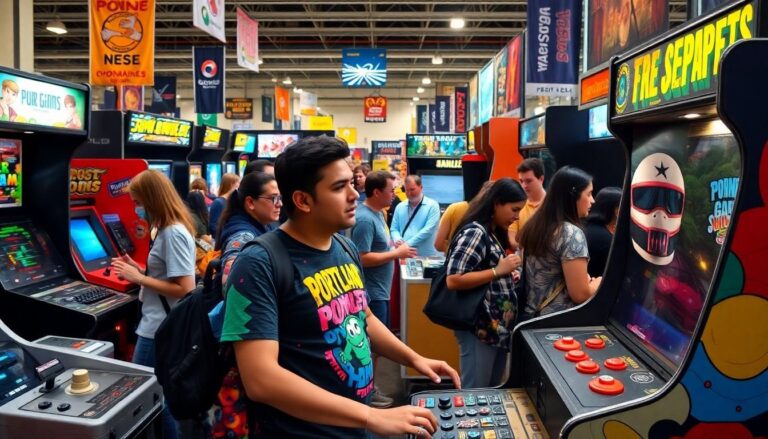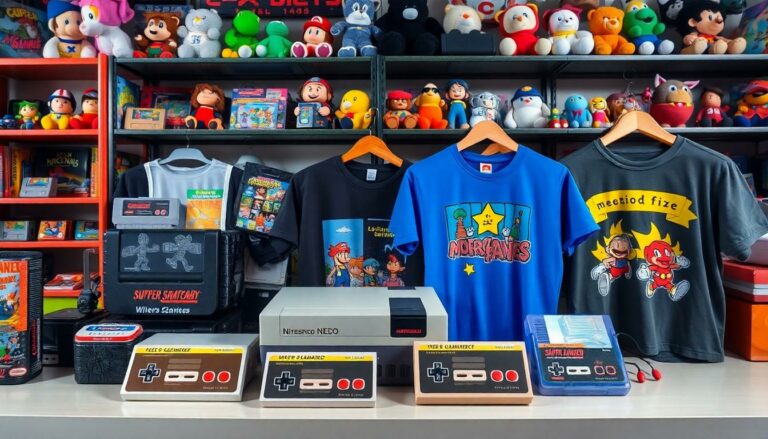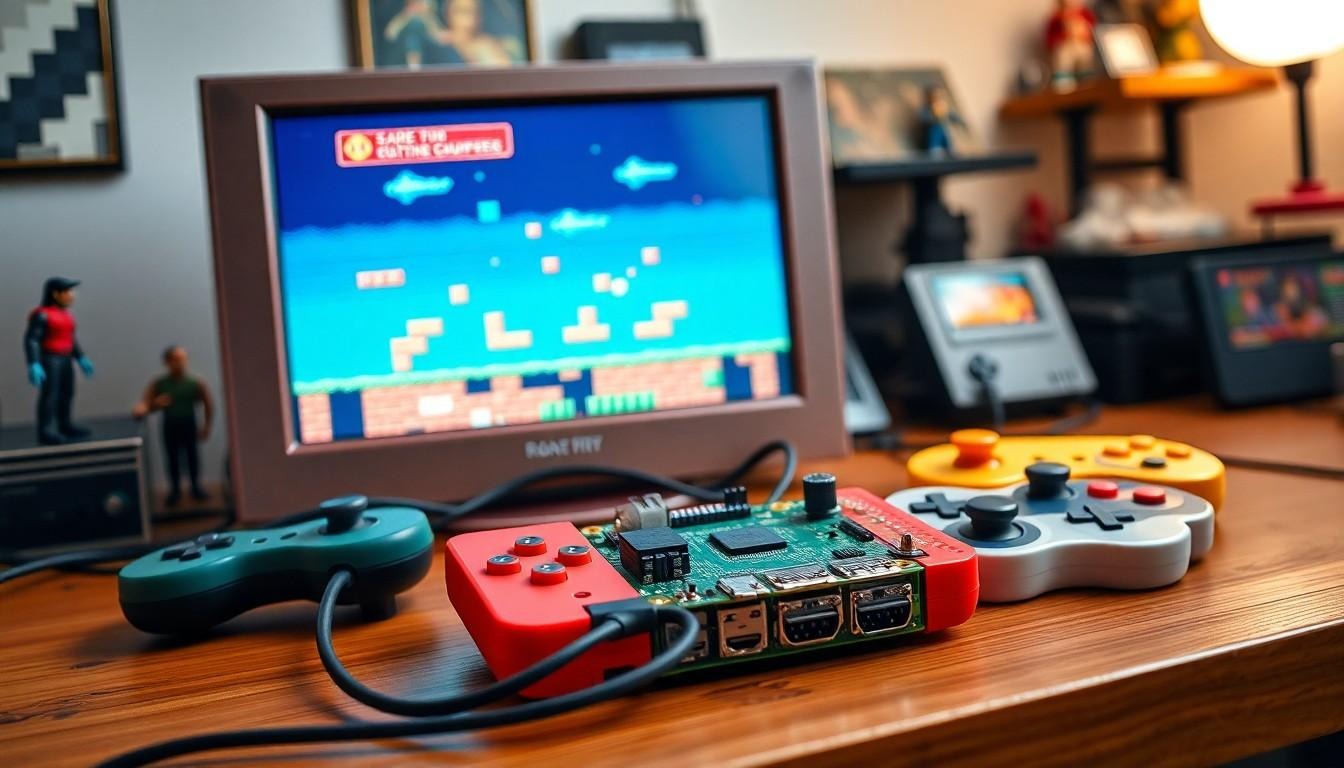
Raspberry Pi Retro Gaming: Unlock Classic Fun with Easy Setup and Top Tips
Imagine a world where you can relive your childhood, battling pixelated monsters and racing against time, all from the comfort of your couch. Raspberry Pi retro gaming makes that dream a reality, combining nostalgia with modern tech in a tiny, affordable package. Whether you’re a seasoned gamer or just looking to impress your friends with your retro skills, this pint-sized powerhouse is your ticket to a digital time machine.
Raspberry Pi Retro Gaming
Raspberry Pi retro gaming combines classic gaming with modern technology. Users can recreate timeless gaming experiences on a compact device. Enabling various emulators, Raspberry Pi allows access to a multitude of classic games from systems like NES, SNES, Sega Genesis, and more. Gaming enthusiasts appreciate the nostalgia linked to these vintage titles.
Setting up a Raspberry Pi for retro gaming involves installing software like RetroPie or RecalBox. These platforms offer user-friendly interfaces that simplify game selection and configuration. Customizing controllers can enhance gameplay, as many users connect USB or Bluetooth controllers for a more authentic experience.
Various online communities support Raspberry Pi retro gaming by sharing tips, tricks, and game collections. Engaging with fellow enthusiasts provides a wealth of resources for improving setups. Additionally, users can learn about hardware modifications that optimize performance or enhance visuals, including retro-themed cases and upgraded cooling solutions.
Users often enjoy multiplayer options with Raspberry Pi, allowing friends to join in on the gaming fun. Sessions can feature local or online play, fostering community and competition. Emulating classic game modes presents opportunities for newcomers to experience beloved titles alongside seasoned players.
Exploring Raspberry Pi retro gaming can immerse users in the world of gaming history. Iconic franchises often remain relevant, captivating new generations of players. Fond memories paired with modern convenience create a unique gaming experience that resonates across various demographics.
Getting Started With Raspberry Pi
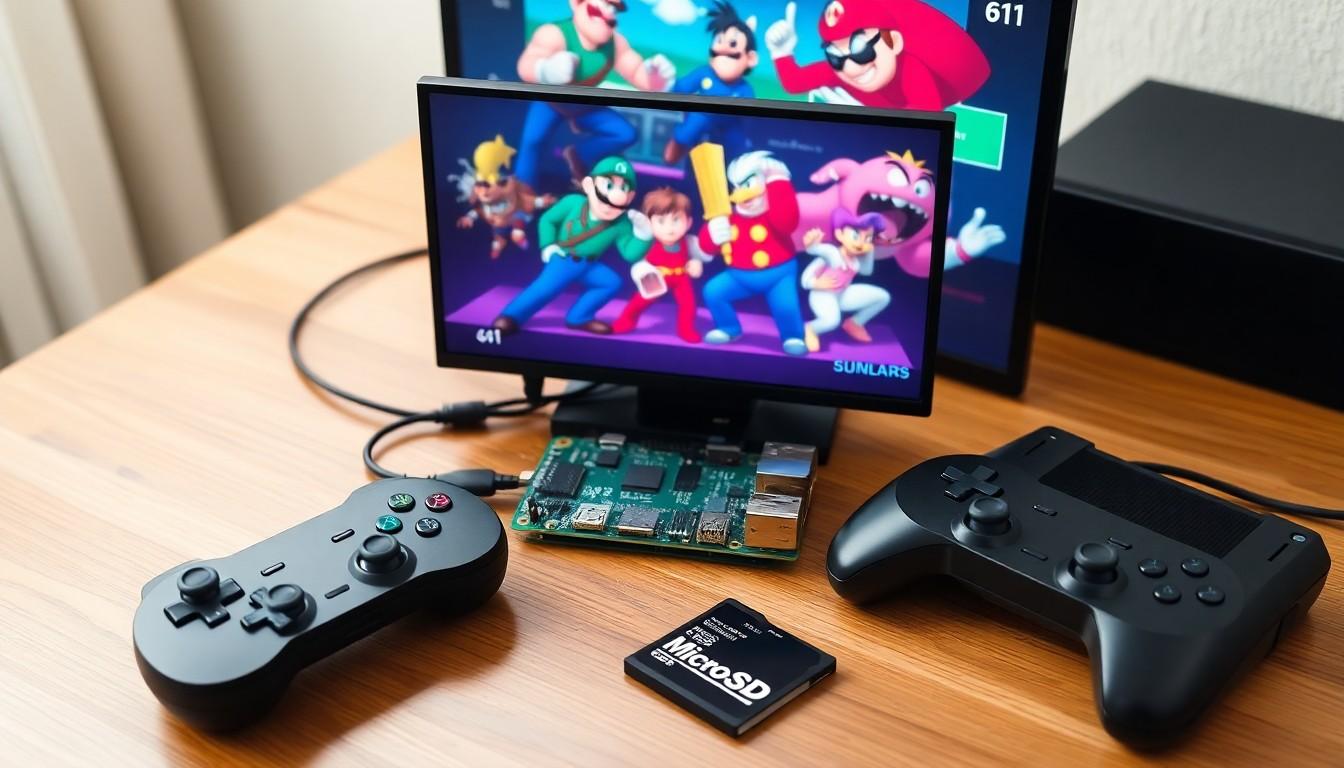
Raspberry Pi offers a straightforward setup for retro gaming enthusiasts. Selecting the right model is essential for optimal gameplay and compatibility.
Choosing The Right Raspberry Pi Model
Raspberry Pi 3 and Raspberry Pi 4 serve as popular choices for retro gaming. The Raspberry Pi 4, with options of 2GB, 4GB, or 8GB of RAM, provides faster processing and better graphics capabilities. Raspberry Pi 3 still handles many emulators effectively, though it lacks the power of the newer model. For most users, the Raspberry Pi 4’s performance justifies the cost. Additionally, ensure that the chosen model supports the desired emulators for a seamless gaming experience.
Necessary Accessories For Retro Gaming
Essential accessories enhance the retro gaming setup significantly. A reliable power supply, rated at 3A for Raspberry Pi 3 and 4, ensures consistent performance. High-speed microSD cards, at least 16GB, store games and operating systems efficiently. USB or Bluetooth controllers deliver an authentic gaming feel, with options like the Xbox or PS4 controllers providing compatibility. Connecting to a display via HDMI is crucial for visual output. For a more robust experience, consider cases with cooling solutions to prevent overheating during extended gaming sessions.
Setting Up RetroPie
Setting up RetroPie transforms the Raspberry Pi into a retro gaming console, offering access to countless classic games. The process involves simple installation steps.
Installation Process
First, download the RetroPie image from the official website. Next, use software like Balena Etcher to flash the image onto a high-speed microSD card. Insert the microSD card into the Raspberry Pi and connect peripherals, including a monitor, keyboard, and game controller. Power on the device, allowing it to boot into RetroPie. Follow the on-screen prompts to configure the controller, setting it up for smooth navigation. Download additional emulators as needed through the RetroPie Setup script. Finally, transfer ROM files to your system, ensuring compliance with copyright laws for game preservation.
Configuration Tips
After installation, customizing settings enhances the gaming experience. Use the RetroPie menu to adjust display settings for optimal resolution. Configure controller mappings to suit personal preferences, providing comfort during gameplay. Enable shaders and other graphical enhancements for better visuals. Regularly update the system via the RetroPie Setup script, ensuring the latest features and fixes. Back up configurations and ROMs on an external drive to prevent data loss. Engage with online communities to discover additional tips and tricks, improving overall performance.
Popular Retro Games To Play
Classic gaming experiences shine on Raspberry Pi, offering access to beloved titles. Users can explore an expansive library featuring iconic games from past decades, ensuring endless entertainment.
Classic Console Games
Nostalgia reigns in classic console games like “Super Mario Bros,” “The Legend of Zelda,” and “Sonic the Hedgehog.” These titles define their respective systems, providing unique gameplay experiences. Players can navigate challenging levels, solve intricate puzzles, and defeat memorable bosses. Furthermore, timeless sports games, such as “Tecmo Bowl” and “Mortal Kombat,” continue to captivate audiences. Accessing these classics on Raspberry Pi allows both new and former players to relive the excitement of these renowned franchises.
Arcade Games
Arcade games thrive on Raspberry Pi, recreating the excitement of arcade halls. “Pac-Man,” “Donkey Kong,” and “Street Fighter II” stand out as fan favorites. These games offer quick gameplay sessions packed with adrenaline, perfect for casual play. Competing for high scores adds a layer of challenge and engagement. Enthusiasts can also delve into lesser-known gems like “Wonder Boy” and “Galaga,” ensuring a diverse gaming experience. Raspberry Pi allows easy emulation, making it simple to enjoy arcade classics from the comfort of home.
Enhancing The Retro Gaming Experience
Raspberry Pi retro gaming benefits greatly from various enhancements that elevate the gaming experience. These optimizations focus on controller options and display settings.
Using Additional Controllers
Customizing gaming with additional controllers enhances the nostalgic experience. USB and Bluetooth controllers connect easily to Raspberry Pi systems, providing users with choices that suit their preferences. Popular options include classic-style gamepads that mimic the originals, delivering maximum authenticity. Many users prefer wireless controllers for improved flexibility and comfort during longer gaming sessions. Compatibility with multiple controller types allows gamers to tailor their setups for multiplayer sessions or different gaming styles. Engaging in local co-op games becomes seamless as friends join in using their own controllers. This adaptability makes each gaming experience unique and enjoyable.
Display Settings Optimization
Optimizing display settings plays a crucial role in bringing retro games to life. Configuring Raspberry Pi for optimal resolution ensures that visuals retain their charm while appearing sharp and vibrant on modern screens. Many users adjust the aspect ratio to suit their displays, preserving the original game’s proportions. Enabling scanlines or CRT filters can replicate the nostalgic feel of vintage CRT monitors. Adjusting brightness and contrast contributes further to the overall experience, enhancing enjoyment while playing classic titles. Regularly exploring display options allows gamers to discover settings that maximize enjoyment, making gaming sessions more immersive.

